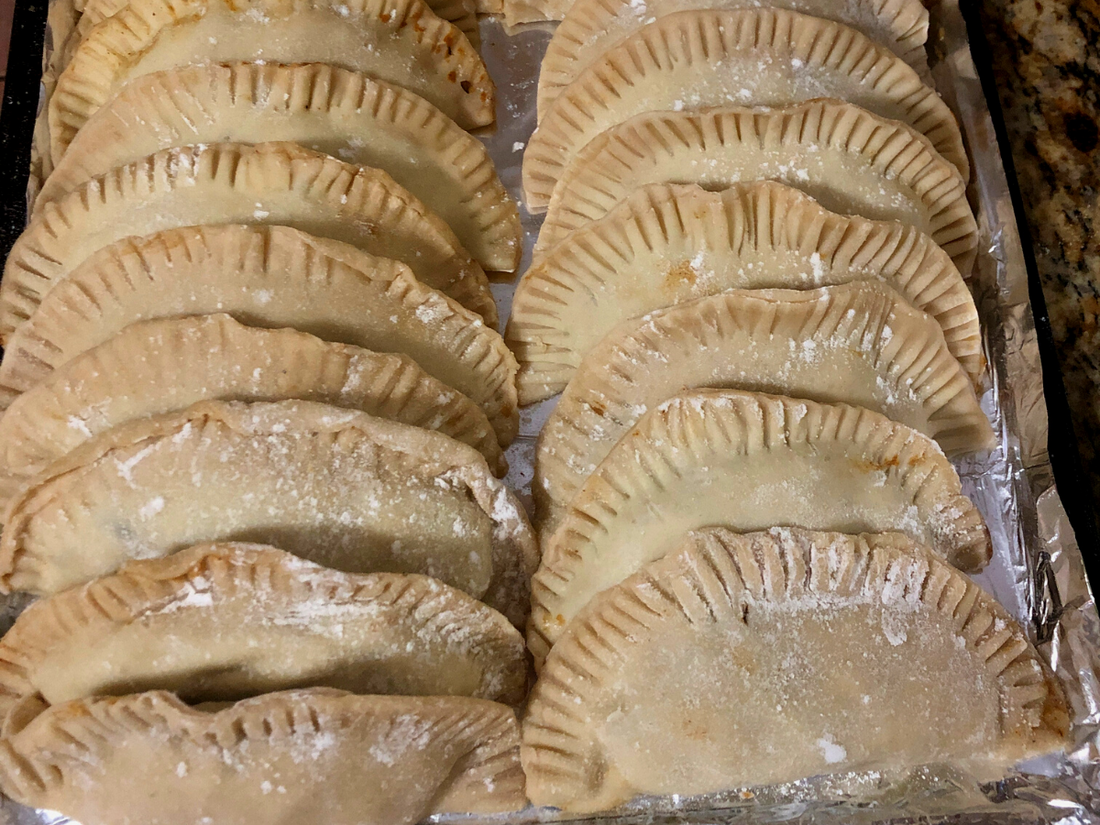by Hunt to Eat Ambassador John Sunkler
Hearts and tongues are some of the tastiest pieces of wild game that are typically left behind.
A great example of this was my last elk camp; six hunters harvested six bull elk and no one wanted the heart or tongues from their bulls. I happily scavenged each heart and tongue throughout the week. Each time I asked if I could have those pieces and was met with giggles or a “You really wanna eat that?!”.
As we drove east, I am sure everyone else had thoughts of cast iron seared backstrap, but my mind was stuck on the gold mine of hearts and tongues I had accumulated during the trip. Since that time I have processed and enjoyed every single bite of the hearts and tongues from those bulls, I shared some of my dished with the hunters from that camp and they were blown away. I have been told on more than one occasion “You won't be getting anymore hearts or tongues from me, these are too good not to take home”.
I have tried numerous recipes for the hearts, tongues, and even combined them in a few, and have yet to find a bad recipe! Below is a crowd pleasing recipe!
Ingredients:
One (1) Elk Heart
One (1) Elk Tongue
Stew Vegetables (Carrots, Peas, Celery, Corn, Potatoes, etc)
Two (2) packets of Brown Gravy Mix
Three (3) packages of Frozen Empanada Discs
Brine
Salt
Sugar
Bay Leaves
Seasonings & Herbs
Salt (Sea or Mountain Salt)
Black Pepper
Paprika
Chili Pepper
Garlic
Onion
Sage
Thyme
Cumin
Olive Oil

Directions:
Allow the heart and tongue to properly thaw out in the refrigerator. Wash, trim and clean the heart, and place it in the brine. Thoroughly clean the tongue, and place it in the brine. Allow the heart and tongue to sit in the brine for a few days. Change out the brine every twenty four (24) hours or so. Additionally I like to brine the heart a little longer than the tongue.
The next step will be to prepare the tongue. Using my crockpot for this step, add enough water to the crockpot to cover the tongue and add garlic, onion, and bay leaves. With the elk tongue, set the crockpot to its “Low” setting and allow the tongue to simmer for upto 6-8 hours. Once the tongue is tender, toss it in an ice-bath to allow it to cool down. Once cool, peel the outer layer of the tongue and chop. Set aside while you prepare the rest of the ingredients.
With the tongue ready, take the heart pieces from the brine, pat dry, and chop. Season the heart with salt, pepper, chili pepper, paprika, garlic, onion, sage, thyme, and a dash of cumin. At this point, it’s time to get the vegetables going. You can use canned or fresh vegetables, the fresh will require more preparation and cooking time. This particular instance I used two cans of mixed vegetables that included carrots, peas, celery, corn, and potatoes. Depending on the amount of heart and tongue, you may need to add more or less vegetables. Drain and wash the vegetables, set aside.
Heat a medium to large pan over medium heat with a teaspoon or two of olive oil. Add in the chopped & seasoned heart and allow to brown. Once the heart is semi-browned, add the chopped tongue and allow the two to brown completely. Next add the vegetables to the pan, reduce the heat, and allow everything to mingle in the pan for a few minutes. Mix up the two packages of Brown Gravy Mix and pour over the mixture. Allow this to thicken and reduce. Once the desired thickness has been reached, pull off heat and allow it to cool. This will make stuffing the empanadas a lot easier.
Pull your empanada discs out from the refrigerator, most frozen empanada discs require time in the refrigerator to thaw properly. Lightly flour the outside of the disc, add a tablespoon or two of filling, and close empanada with a fork.

Preheat the oven to 400 degrees, lightly brush egg wash over the tops of the empanadas, and bake on a baking sheet for 20-25 or until cooked and browned. You can also freeze for later use, the best way to freeze the empanadas is to set them on a parchment paper line baking sheet and sit in the freezer until all have frozen. Be sure to give each empanada ample space or they will freeze to each other. Once completely frozen, remove from the baking sheet and place in a freezer zip-lock bag, they can remain in the freezer for upto three months.
These empanadas are great by themselves or with a simple horseradish sauce. They are also a great way to bring folk around to try a different part of wild game and wild game cooking! So next time you have a successful hunt, think about bringing the heart and tongue out with you!


